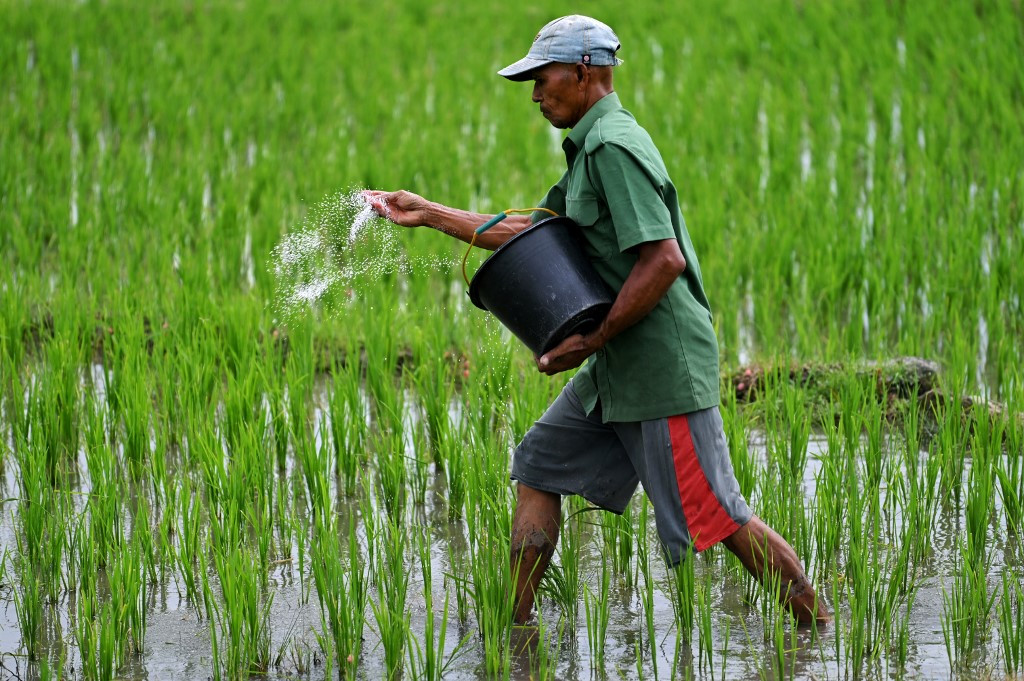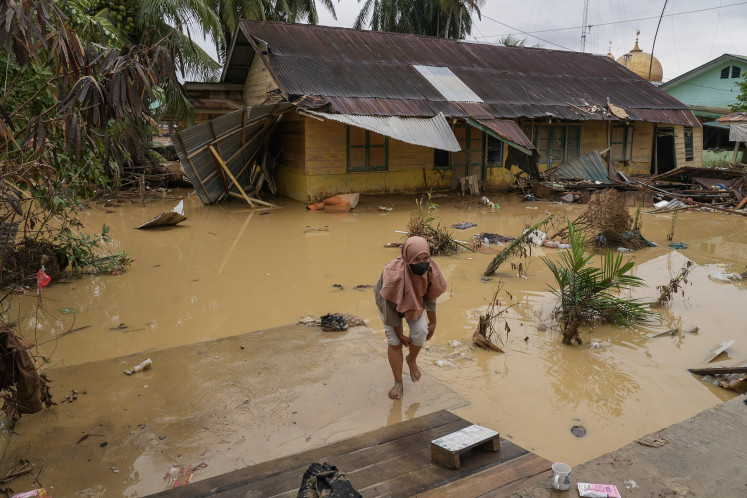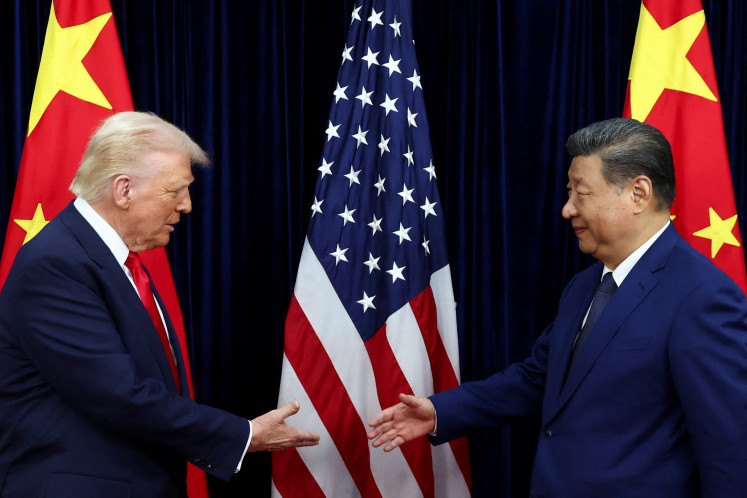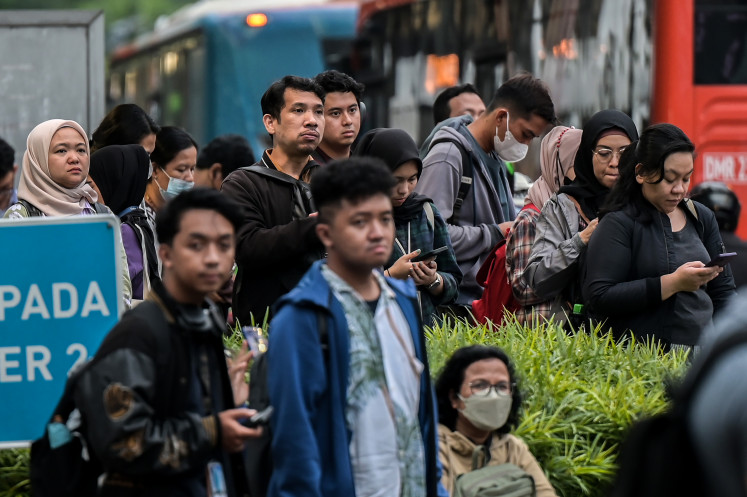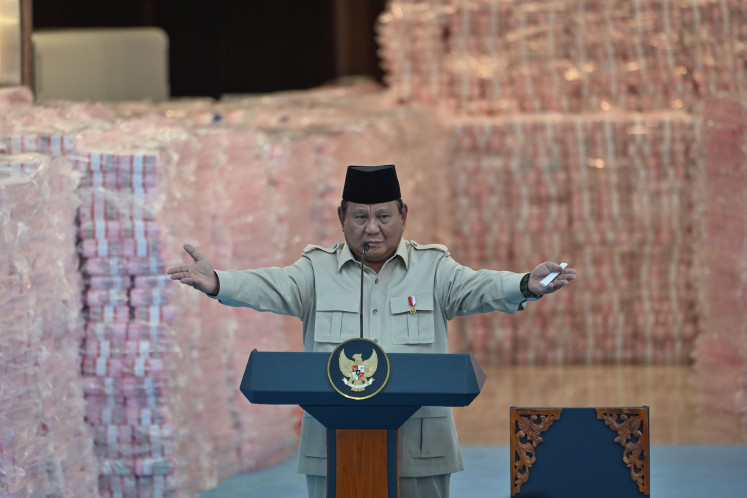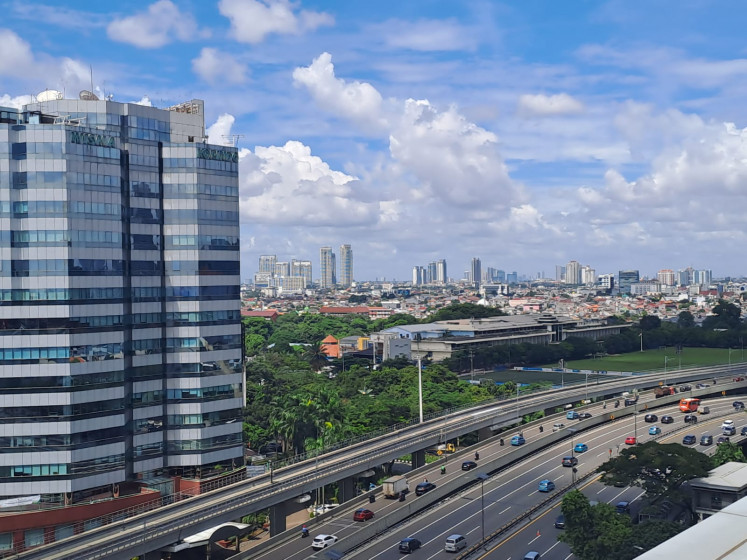Popular Reads
Top Results
Can't find what you're looking for?
View all search resultsPopular Reads
Top Results
Can't find what you're looking for?
View all search resultsAmmonia and fertilizer: ASEAN’s gateway to low-carbon hydrogen future
The current demand for hydrogen use as feedstock in the industrial sector is low-hanging fruit for the region to start its low-carbon hydrogen economy.
Change text size
Gift Premium Articles
to Anyone
L
ow-carbon hydrogen has emerged as a new option in the world’s strategy to decarbonize, not only among advanced economies but also in developing ASEAN countries. Most ASEAN countries have developed hydrogen strategies and road maps toward reaching their carbon neutrality targets by mid-century.
While transportation and power generation are seen as future primary end-users of low-carbon hydrogen, ASEAN countries should also explore its non-energy use as a key entry point to the low-carbon hydrogen economy.
According to a 2024 report from the Economic Research Institute for ASEAN and East Asia (ERIA), ASEAN consumed around 3.7 million tonnes of hydrogen in 2020. By 2025, this number should reach around 4.4 million tonnes. This hydrogen use is entirely confined as feedstock to the industrial sectors.
The ammonia industry absorbs almost half of this, followed by oil refining (slightly over 30 percent), methanol production (12–14 percent), chemical and other industries (3 percent), and raw steel production (1 percent).
Currently, the hydrogen used in these plants is produced through steam methane reforming, partial oxidation of refinery bottoms, coal gasification or as a byproduct of chemical processes, which are all emission-intensive processes.
ERIA estimates that ASEAN’s hydrogen production in 2025 will generate at least 36.5 million tonnes of carbon dioxide, comparable to Myanmar’s total annual carbon dioxide emissions from energy use as of now.
The existing and obvious current demand for hydrogen use as feedstock in the industrial sector, especially in ammonia production for fertilizer manufacturing, is low-hanging fruit for the region to start its low-carbon hydrogen economy.
Three key factors necessitate the urgent transition of ASEAN countries from high-carbon to low-carbon hydrogen in ammonia production.
First, the growing importance of the ammonia business, both globally and within the region.
Globally, 80 percent of ammonia demand is for fertilizer. With Asia’s agricultural sector as the primary driver, global ammonia demand is expected to increase by 8 percent per year from 2022 to 2031, double the annual growth rate during the period spanning 2016 to 2022.
As of end-2021, ASEAN had an installed ammonia production capacity of around 11.7 million tonnes per year, with more than 7.8 million tonnes of that capacity located in Indonesia. Indonesia is the biggest ammonia exporter in the region, followed by Malaysia, while the rest of ASEAN are importers of ammonia and its related products.
Malaysia and Indonesia were among the world’s top-10 urea exporters in 2023, with nearly half of their exports directed to markets within ASEAN.
Even as ammonia remains essential to agriculture, its demand is set to grow significantly due to decarbonization efforts, including its use in the maritime sector and as a clean hydrogen carrier in international trade. ERIA’s report estimates that decarbonization objectives should boost ammonia demand in ASEAN by 3.7 times from now to 2050, compared with only 1.9 times without the decarbonization purpose in place.
Second, there is significant potential to get financial support.
Financial institutions may still be reluctant to provide loans to finance future demand for hydrogen fuel cell vehicles, hydrogen gas stations or hydrogen power plants. The absence of a financial market for trading hydrogen or its derivatives, along with the need for infrastructure to be built, presents additional difficulties.
However, financial institutions, especially early movers with a deeper understanding of project risks, key value chain relationships and stakeholder roles, are likely to back renewable energy-powered electrolyzers for green hydrogen production or carbon capture and storage (CCS) facilities to produce blue hydrogen at ammonia plants. The certainty of demand and buyers, as well as the limited new infrastructure to build, are the most motivating factors for the support.
Third, using low-carbon hydrogen in ammonia production should accelerate the development of renewable power generation, electrolyzers and CCS facilities, among others. This scale-up will drive down costs, hence reducing the production cost of low-carbon hydrogen.
This virtuous circle could further expand the use of low-carbon hydrogen in oil refining, methanol production, steel production, chemicals and other industries where demand for hydrogen already exists.
How can ASEAN member states facilitate the shift toward the use of low-carbon hydrogen for ammonia and fertilizer production?
First, by initially prioritizing the export market. Per ERIA’s estimates, producing blue ammonia in Indonesia, for instance, would add 24 percent to costs, while green ammonia production would incur a fourfold cost increase compared with the current conventional pathway.
With low-carbon hydrogen prices remaining high in ASEAN, export markets such as Japan should be considered the main consumers during the early stages of commercialization. These advanced economies, driven by efforts to reduce the carbon intensity of their industries, have the high purchasing power to import low-carbon commodities such as green ammonia or fertilizer from ASEAN.
Second, ASEAN member states should elaborate policy measures to facilitate the development of green hydrogen in areas with abundant renewable resources for power generation but low electricity demand.
As transportation and storage costs of hydrogen are higher than those of ammonia or fertilizer, green hydrogen produced from renewable energy needs to be consumed directly as feedstock in ammonia plants. The ideal scenario for developing a green ammonia or fertilizer industry would be to locate these plants as near as possible to the green hydrogen production sites and then transport the final products, green ammonia or fertilizer, to buyers.
Finally, governments must formulate detailed cross-industry plans to ensure the timely development of renewable electricity capacities or CCS infrastructure necessary to produce the required volume of low-carbon or green hydrogen.
These plans should include carbon pricing mechanisms, with revenues directed toward maintaining industry sector competitiveness. ASEAN countries with potential renewable energy resources should prioritize the development of green hydrogen or ammonia, while countries with relatively stable access to natural gas supply might prioritize blue hydrogen or ammonia production.
Following this, regional coordination and cooperation across ASEAN must find the optimal mix of hydrogen capacities and supply chains, maximizing both economies of scale and scope.
***
The writer is an energy economist at the Economic Research Institute for ASEAN and East Asia (ERIA). The views expressed are his own.

